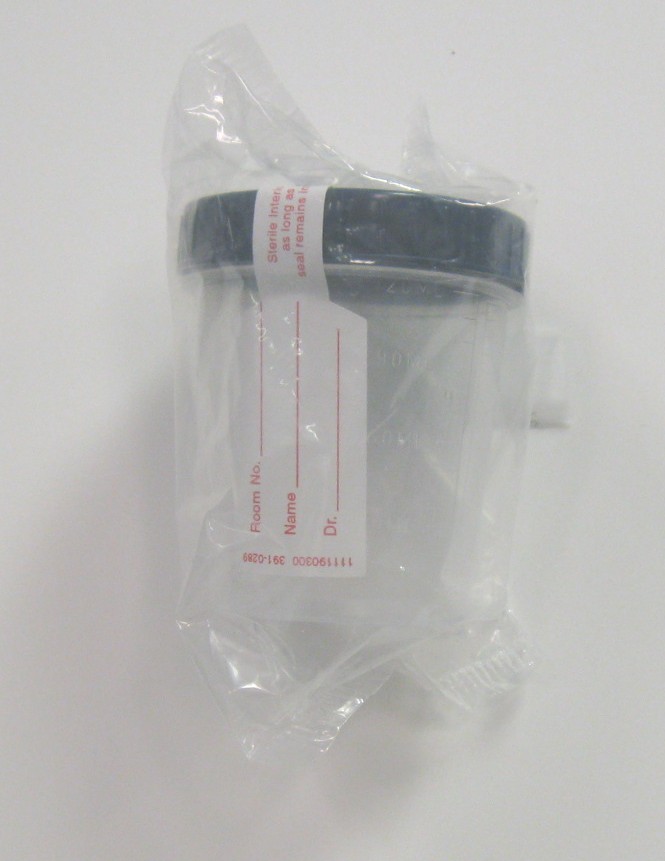Select affected skin, hair, or nails for laboratory evaluation. 
- Collection
- Materials
a. Forceps
b. Scalpel
c. 70% alcohol for disinfection
d. Sterile plastic tube or container, envelope, or 2 glass slides
e. Gauze
f. Wood’s lamp
- Method
a. Skin. Clean the skin surface with 70% alcohol. Scrape the surface of the skin at the active margin of the lesion and remove superficial material. Do not draw blood when scraping the skin. Place the scraping in a clean envelope, sterile plastic tube or container, or between two glass slides which should then be taped together.
b. Hair. Remove at least 10 to 12 affected hairs with forceps. Place them in a clean tube or small envelope. Do not use stopper tubes because moisture accumulation may contaminate the specimen. Select the hairs that fluoresce under a Wood’s lamp.
c. Nails. Remove nail polish if present from the nail to be sampled. Wipe the nail with 70% alcohol on gauze (not cotton). Collect debris from under the nail and place it in a clean envelope or plastic tube. Scrape the outer surface of the nail and discard the scraping. Collect scrapings from the deeper, diseased areas of the nail and add them to the material previously collected from under the nail.
- Label the specimen with patient information – patient’s full legal name, a unique identifier (the unique identifier could be the Date Of Birth, Social Security, Driver’s License Number and must be on the specimen and requisition to qualify as unique identifier), date and time of collection, and must include the site and/or source of collection.
- Transport – Do not refrigerate the specimen. Transport at room temperature.
- Comments –
- KOH results are available next day. Cultures are held 4 weeks.
- Always sample the periphery of a skin lesion.
- Swabs are not recommended for collecting fungal specimens.
Reference: Miller, J. Michael, A Guide to Specimen Management in Clinical Microbiology. 2nd ed. ASM Press, Washington, D.C.1999. pp.123, 124. PB 5/13, 2010